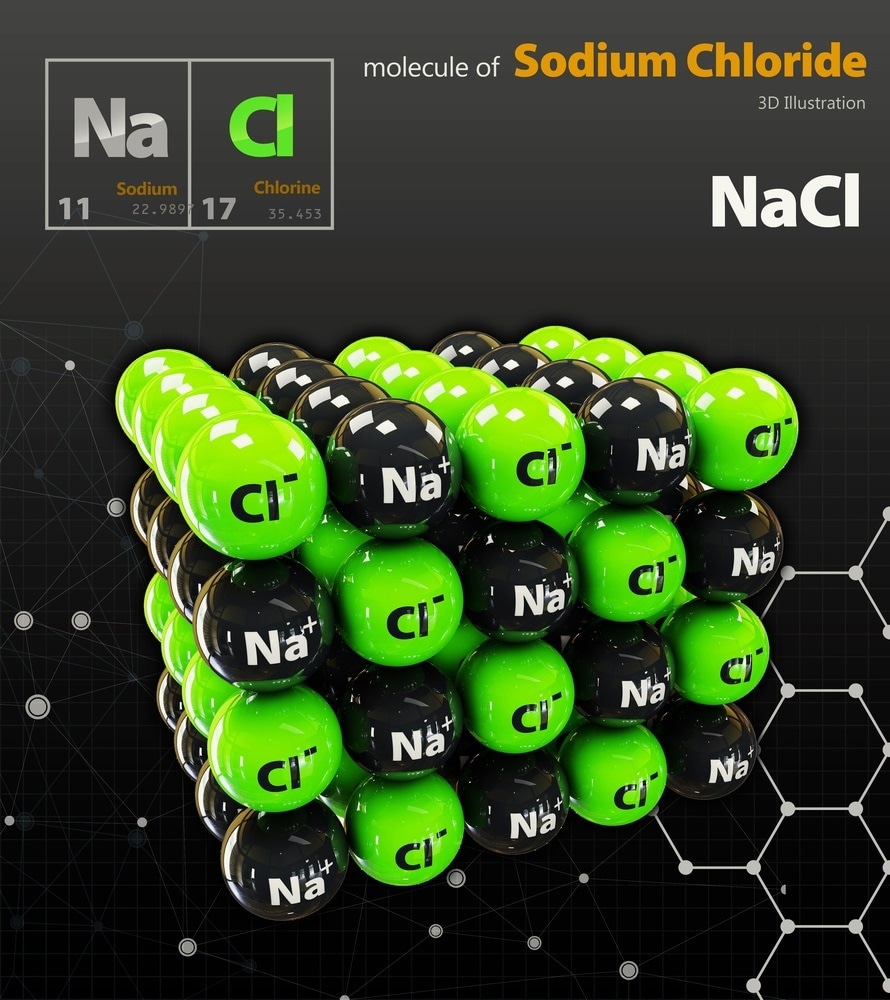For the first time the association between microstructural evolution and molecular changes of rheological properties has been demonstrated in a wormlike micellar system based on a zwitterionic/anionic surfactant. Using a unique combination of Raman spectroscopy and DLS-microrheology, the NaCl concentration was modulated to study how electrostatic screening influences the properties of zwitterionic (CapB) and anionic (SLES) surfactant mixtures.

Image Credits: Victor Josan/shutterstock.com
As DLS-microrheology defines viscoelastic properties and Raman spectroscopy provides data regarding the molecular structure, the resulting combination of data provides a better insight into the molecular changes inherent in the viscoelastic properties. The high frequency viscoelastic response acquired via the DLS-microrheology technique has demonstrated the persistence of the Maxwell fluid reaction towards low viscosity solutions at high concentrations of NaCl.
At 170 cm-1, the intensity of the Raman band shows a strong association with the viscosity difference. As this Raman band is delegated to hydrogen bonding, its difference with NaCl concentration further specifies the difference in water structuring due to possible microstructural variations at both high and low concentrations of NaCl.
The perseverance of a slow mode at increased NaCl concentrations, as demonstrated through DLS measurements, further validates the microstructural variations at high and low NaCl concentrations. The study shows how the combination of Raman spectroscopy, DLS, and DLS-optical microrheology provides a better understanding of molecular changes that occur during the self-assembly process in intricate fluids.

This information has been sourced, reviewed and adapted from materials provided by Malvern Panalytical.
For more information on this source, please visit Malvern Panalytical.